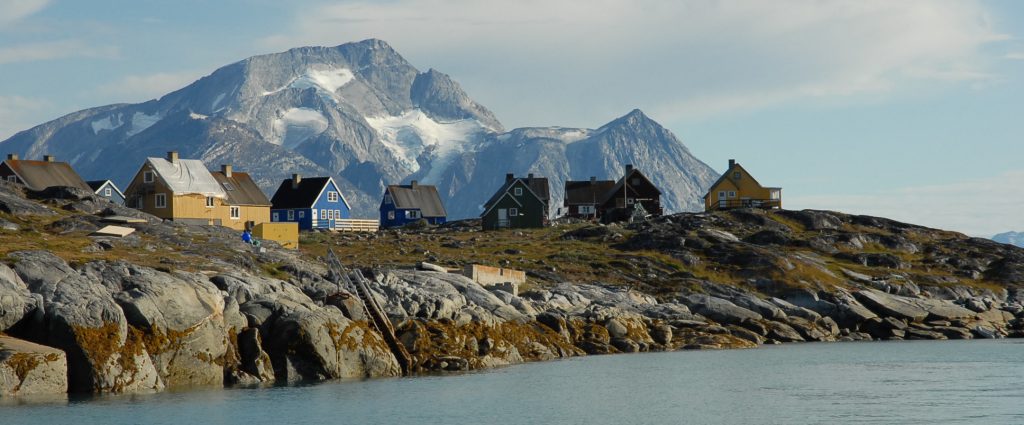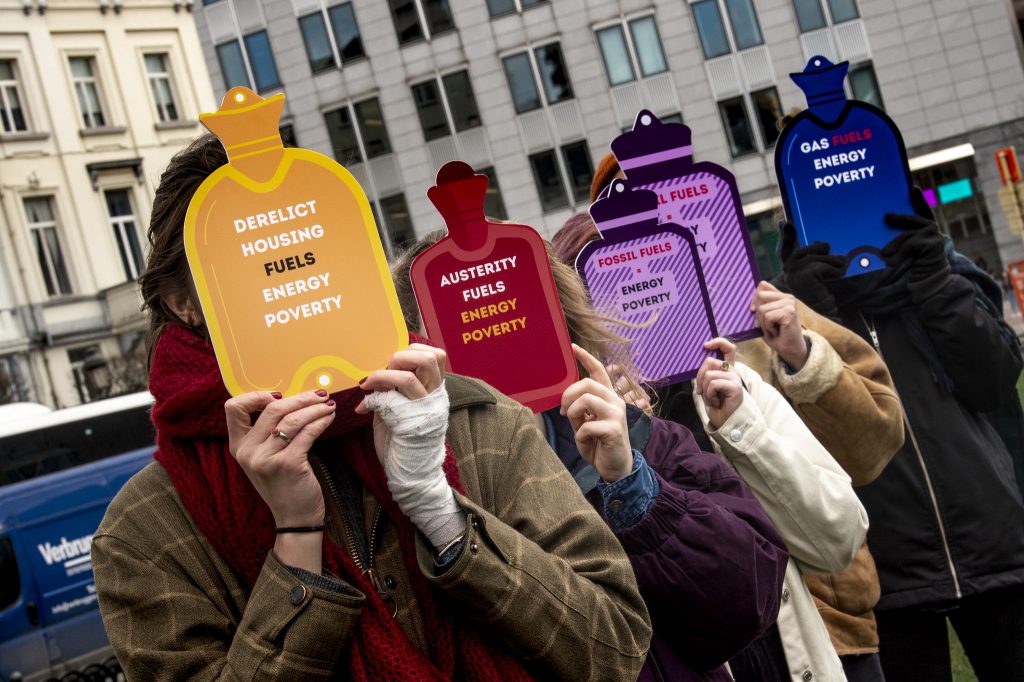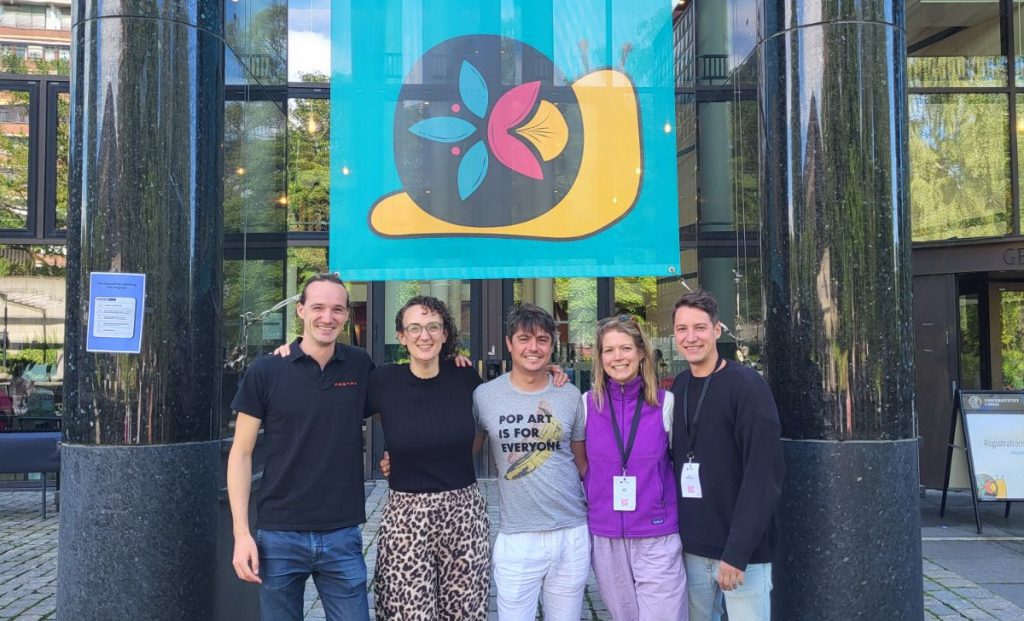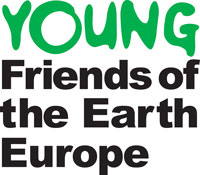Adapted from a blog by Diego Francesco Marin
Greenland is a global warming hotspot and environmental frontline
As rapidly increasing temperatures in Arctic Greenland cause the ice to recede, there is an international scramble to exploit the resources under the thawing ground. Local and international environmentalists are concerned about the emerging plunder.
In an appeal, 141 NGOs including Friends of the Earth call on the Greenlandic and Danish governments and the European Union to protect Greenland’s unique and fragile Arctic environment, which is threatened by mining, oil and gas extraction projects.
Greenland possesses some of the world’s largest oil and gas and mineral reserves. There are about 70 active large-scale exploration and exploitation licenses in Greenland, covering thousands of square kilometres. Environmental organisations fear that opening up the floodgates to mining and oil and gas production in this way will damage the delicate ecosystems and exacerbate climate pressures in the autonomous territory.
Erik Jensen from The URANI NAAMIK / NO TO URANIUM Society in Nuuk said:
“We need a time-out from oil and gas extraction in Greenland and especially for the mining sector. Large parts of southern Greenland have been turned into license areas – our government is handing them out by the dozens. Especially worrying is the big Kvanefjeld uranium and rare earth mining project, which contains some of the biggest uranium and thorium deposits in the world. The project is expected to be approved in a few months. This could be a point of no return for the whole country. It would also make sense for Greenland to be recompensed for the possible loss of revenue while the time-out lasts.”
Radioactive plunder
Emboldened by never-ending global consumption and the push for renewable technologies around the world, mining companies are bulldozing into areas of the planet, like Greenland, that were previously inaccessible due to the enormous costs and technical difficulties of drilling through thick ice.
As Greenland continues to face the difficult challenges that climate change is imposing on its majority Inuit population, the authorities there are tempted to view the royalties they can extract from mining projects as a solution to the island’s economic woes.
One of these massive projects is the Kvanefjeld (Kuannersuit in Greenlandic) mining project which, if allowed to go ahead, would be one of the world’s largest open-pit uranium mines and source of rare-earth metals, a key component for renewable technologies, and the first mining project of its kind in the Arctic region.
The proposed mine lies only a few kilometres from the Kujataa UNESCO world heritage site, where some of the world’s biggest mining projects are looking to stake their claim, threatening this delicate ecosystem.
But Kvanefjeld is not the only concern, another large mining project, Kringlerne, contains some of the world’s largest deposits of rare-earth metals. Both projects are in the later stages of receiving exploitation licenses, with the Kvanefjled project currently undergoing a public hearing process.
Threats to sustainability
Two years ago, record temperatures melted 600 billion tonnes of ice, which were enough to raise global sea levels by 2.2 millimetres in just two months. With its climate heating up at twice the global average, Greenland is widely recognised as ground zero for climate change. Climbing temperatures, warming waters and melting sea ice are disrupting fjords and coastal ecosystems and posing serious challenges for a nation reliant on fisheries.
The icy island’s marine areas contain some of the planet’s cleanest waters. They boost the reproductive capacity of marine biodiversity and the ecosystems in the northern Atlantic Ocean.
Moreover, the fishing industry constitutes up to 90% of Greenland’s exports. This second-biggest employing sector would be harmed by the ecological damage caused by oil and gas extraction in open waters, a move that is currently being pushed by officials in Greenland.
Culture and tradition
Rising temperatures are putting a severe strain on the island’s population of 57,000, where the Greenlandic Inuit populations (the Kalaallit, Inughuit and Tunumiit) make up around 90%. For the island, the rapid changes in temperature are causing economic insecurity and retreating ice exacerbates the threats for the Greenlandic Inuit’s traditional livelihoods, which are heavily rooted in fishing, seal and whale hunting.
In addition, a history of colonisation and an expanding economic system is creating a deep cultural rift and increasing social pressures. The loss of culture and generational purpose caused by rising temperatures and a rapidly changing landscape are already causing severe mental health impacts.
Even with the appeal of increased employment from the oil, gas and mining activities, the reality is that these highly technical jobs will require expertise that Greenland does not have. The vast majority of the people employed would come from other areas of the world and who may not understand the particular challenges Greenland’s residents face.
Studies also show that the development of remote areas and the influx of workers to mining projects can often cause major socio-economic and cultural changes.
An independent Greenland
As part of the Danish Kingdom, Greenland is still under Danish influence, though with a degree of autonomy. Some Greenlandic politicians argue that climate change is an opportunity for a new future and view providing raw materials, oil and gas for the growing Western and Chinese economies as a means to reach economic independence. They argue that the income obtained from the resources would allow the Greenlandic government to detach itself from Denmark. However, the cost of reaching independence through resource exploitation is high, both for Greenland and the world. Greenland would require 24 concurrent large-scale mining projects to zero out the financial support from Denmark. Paradoxically, opening up Greenland for ‘business’ would perpetuate the very same mining and industrial activities that are largely to blame for the environmental and socioeconomic problems the island is currently facing.
Niels Henrik Hooge from NOAH / Friends of the Earth Denmark argues that:
“More oil and minerals extraction is not a real prerequisite for financial autonomy. A mineral-based economy is not economically sustainable: when the mining industry starts to recede, Greenland will find itself in the same situation as before, only with fewer resources.”
EU policy
As the EU updates its Arctic Policy as part of its work programme for 2021, environmental NGOs urge the Commission to truly carry out its environmental commitments and to declare the Arctic a natural sanctuary.
The NGO statement also calls on the EU, Denmark and Greenland to implement a moratorium on large-scale mining and oil and gas extraction in the autonomous region and for the island to be compensated so that the immediate decrease in income would not negatively affect its population.
Meadhbh Bolger, resource justice campaigner at Friends of the Earth Europe added:
“The evidence is clear – we need to urgently reduce the EU’s overconsumption of natural resources, starting with a target to halve our material footprint by 2030. The Commission’s current proposals to tackle the problem don’t include an overall target – imagine the outcry if they’d proposed an EU climate law without an emissions reduction target.”








